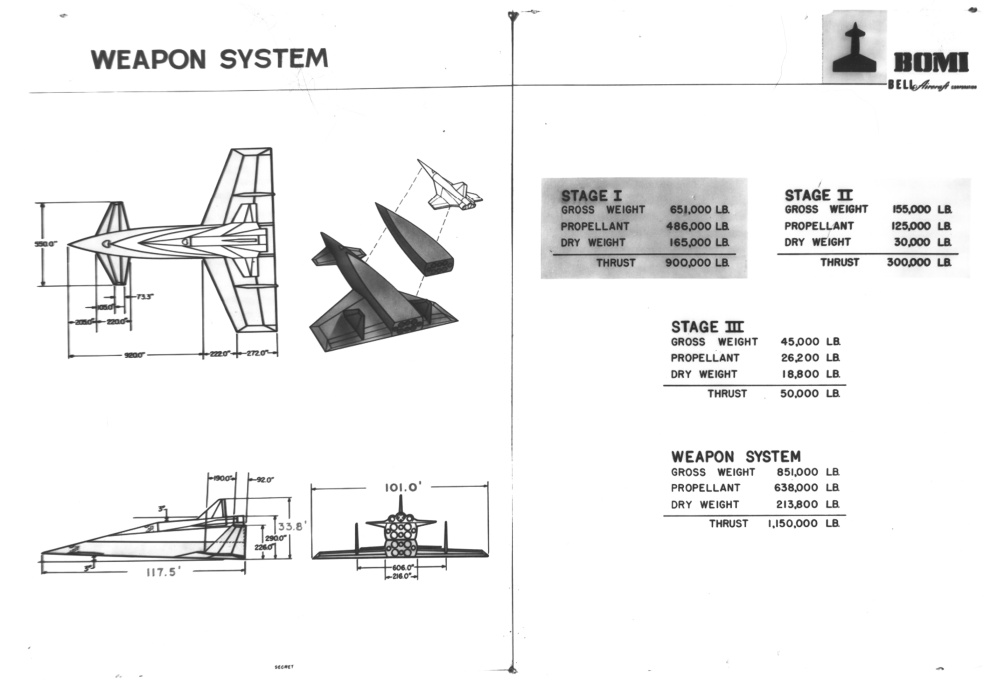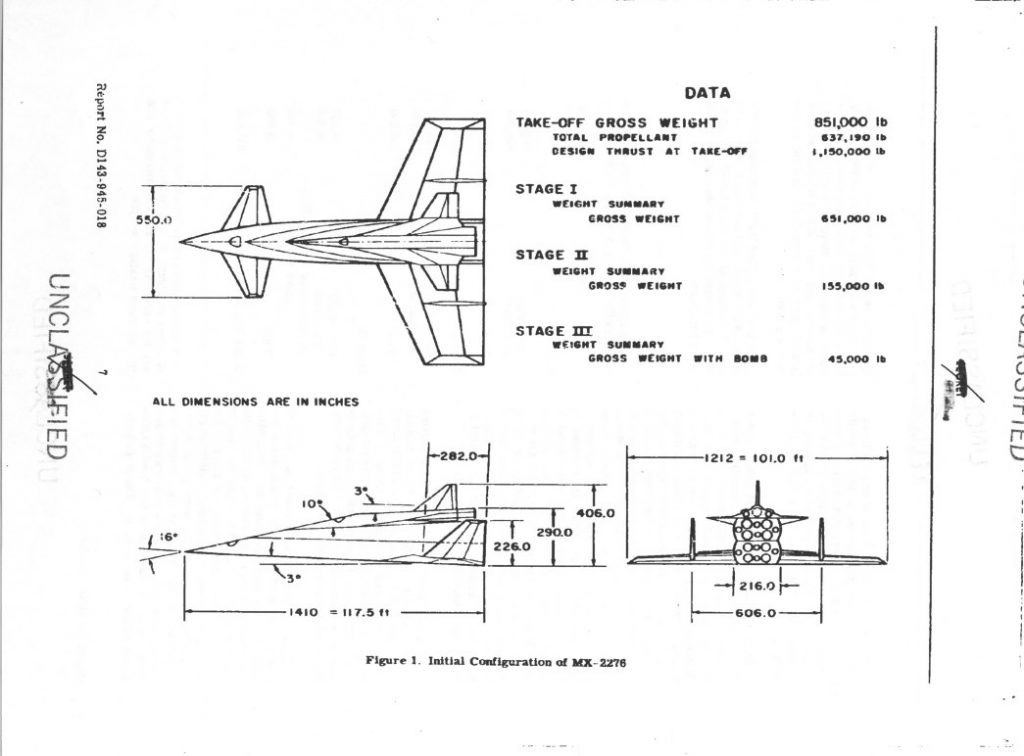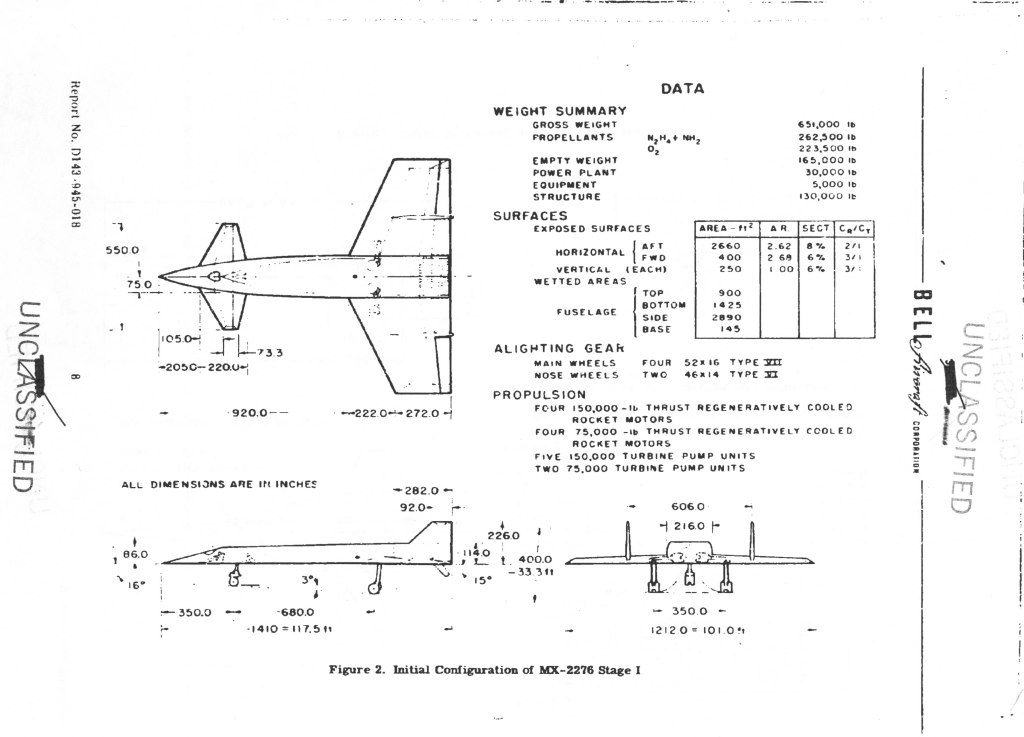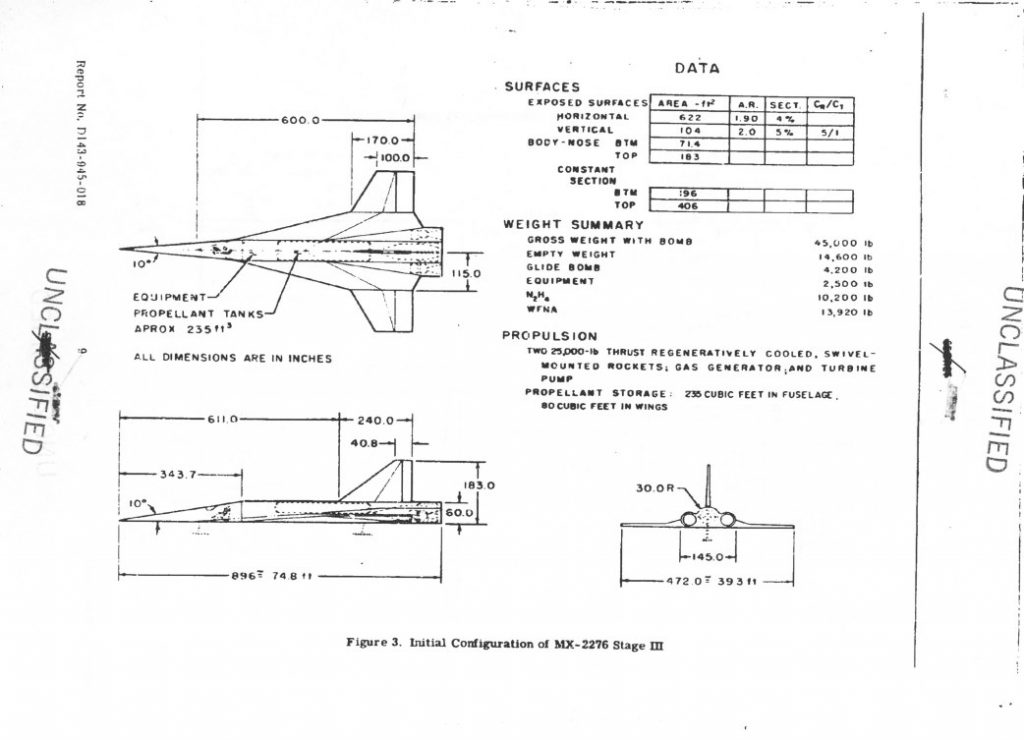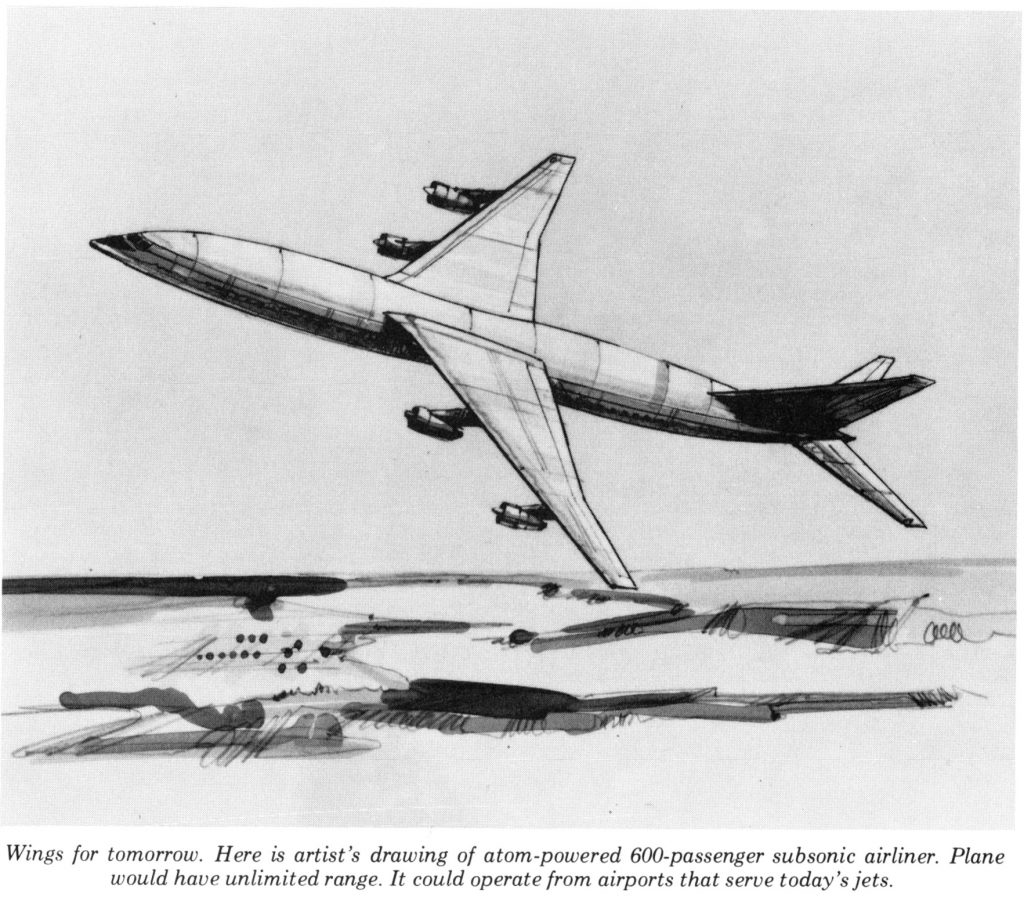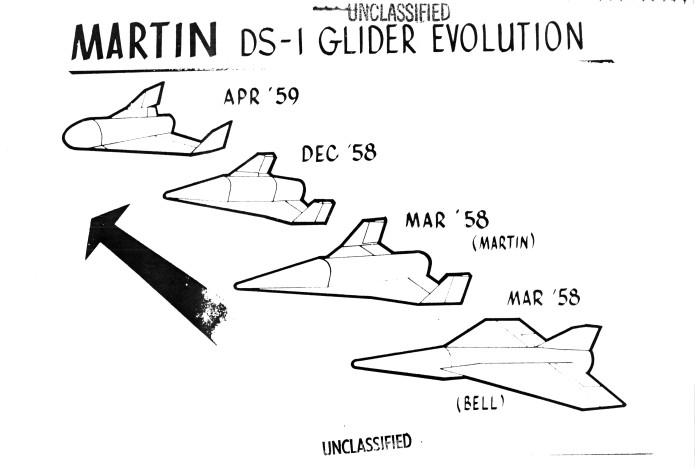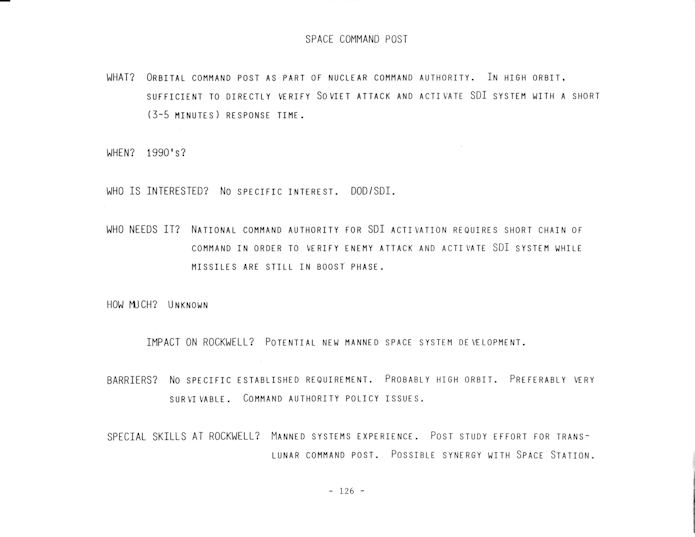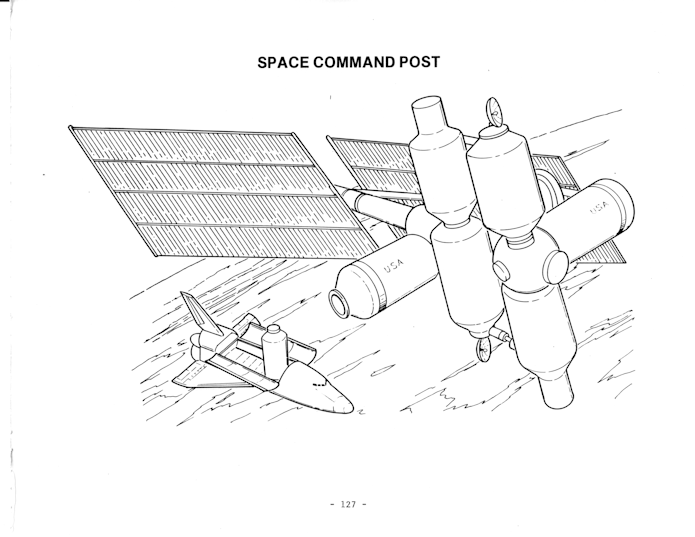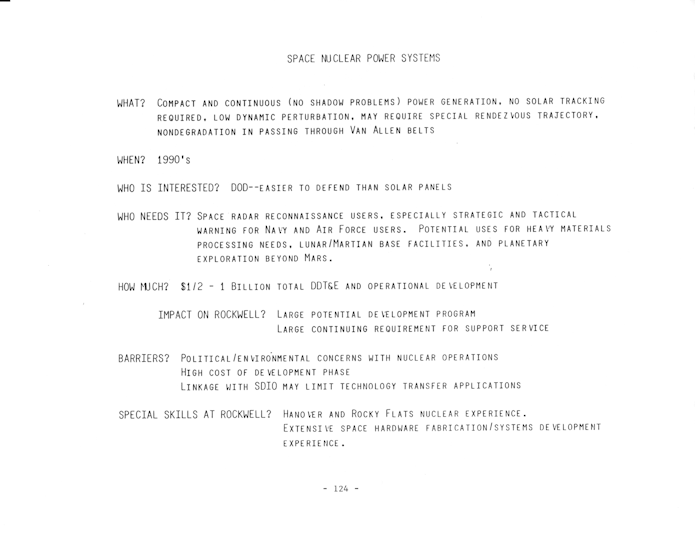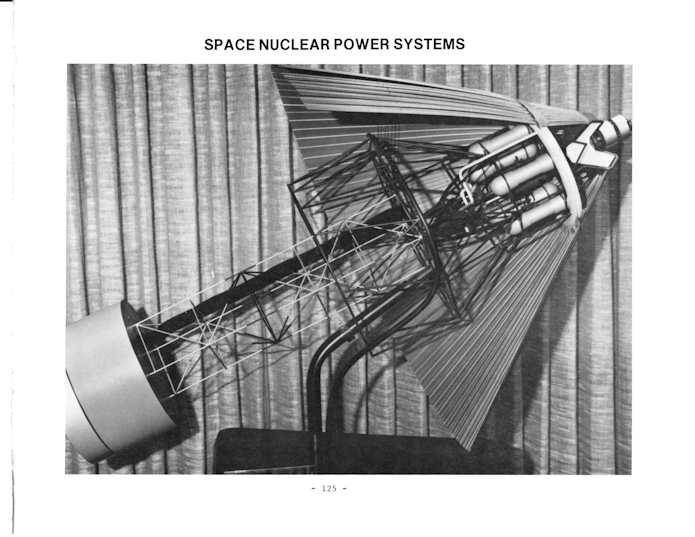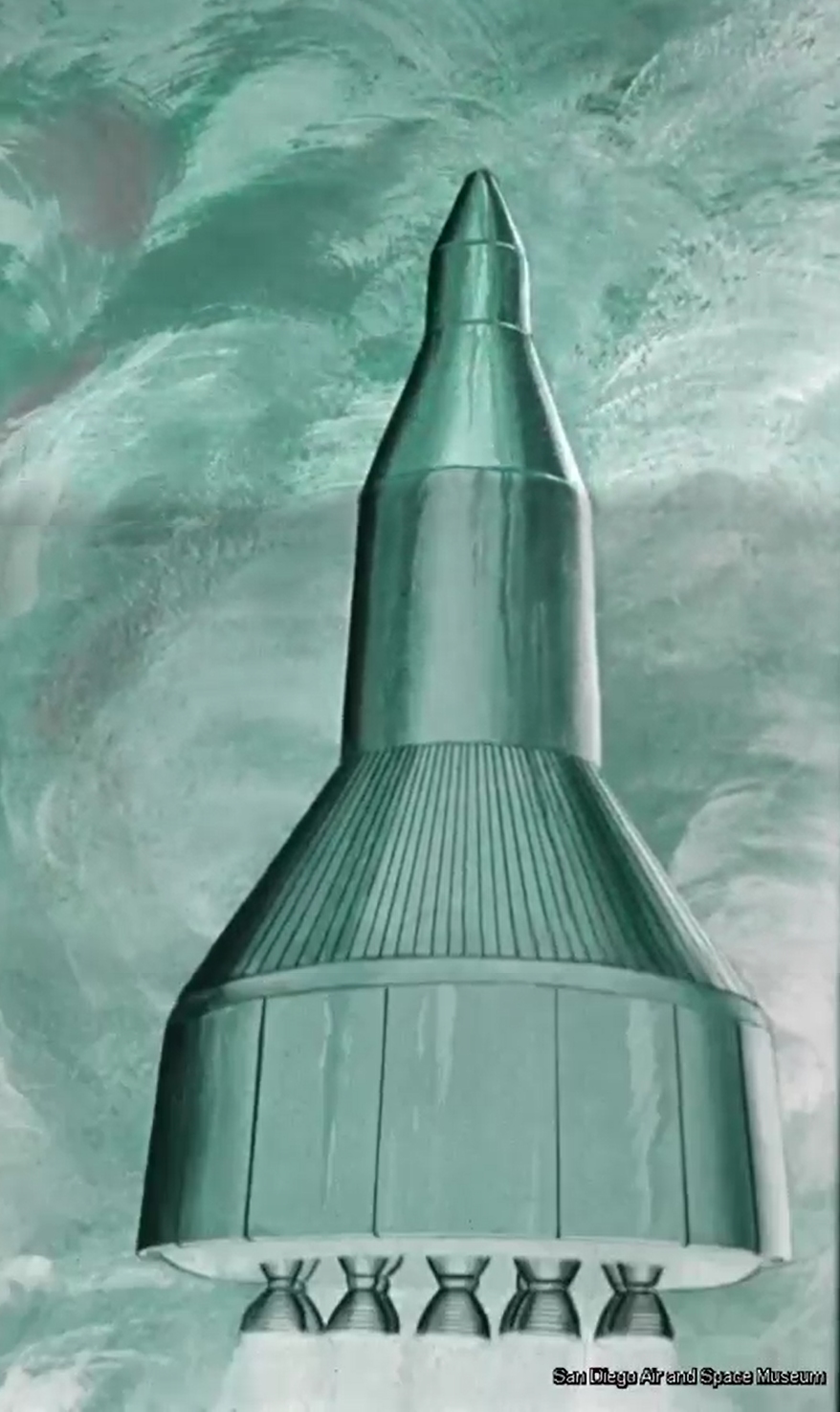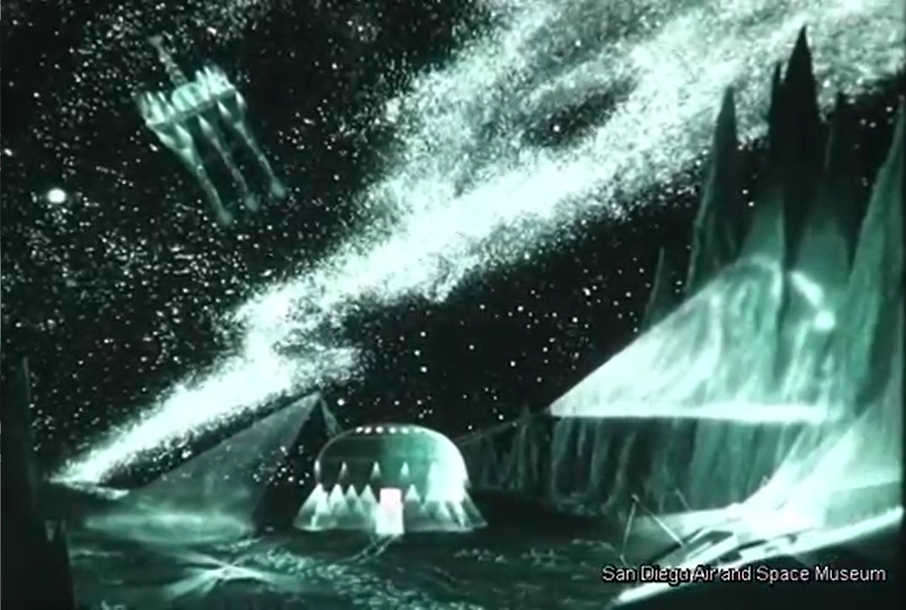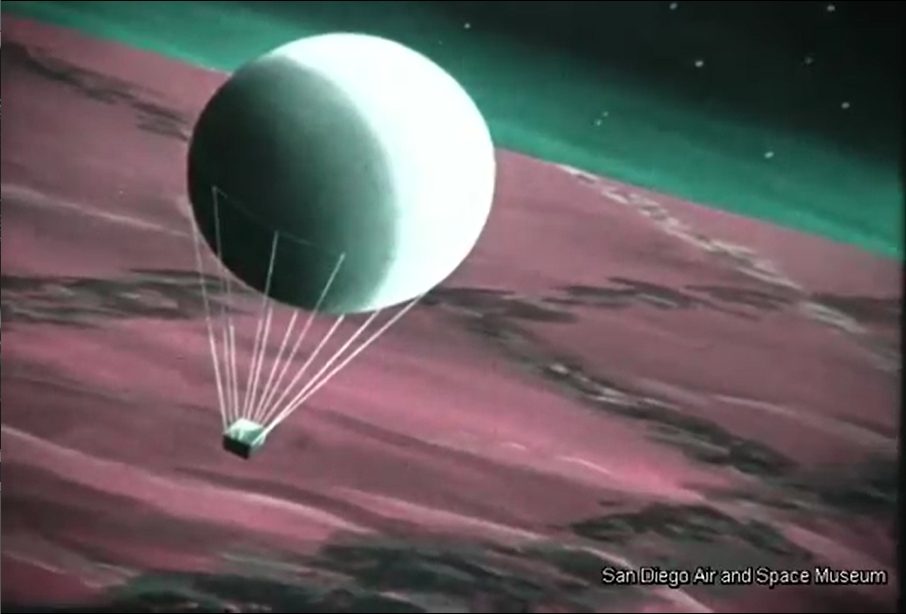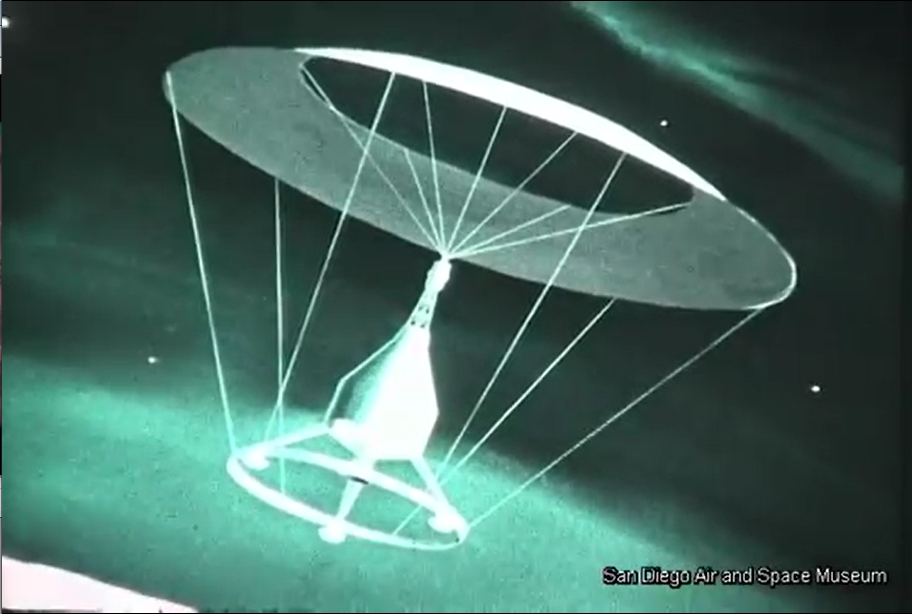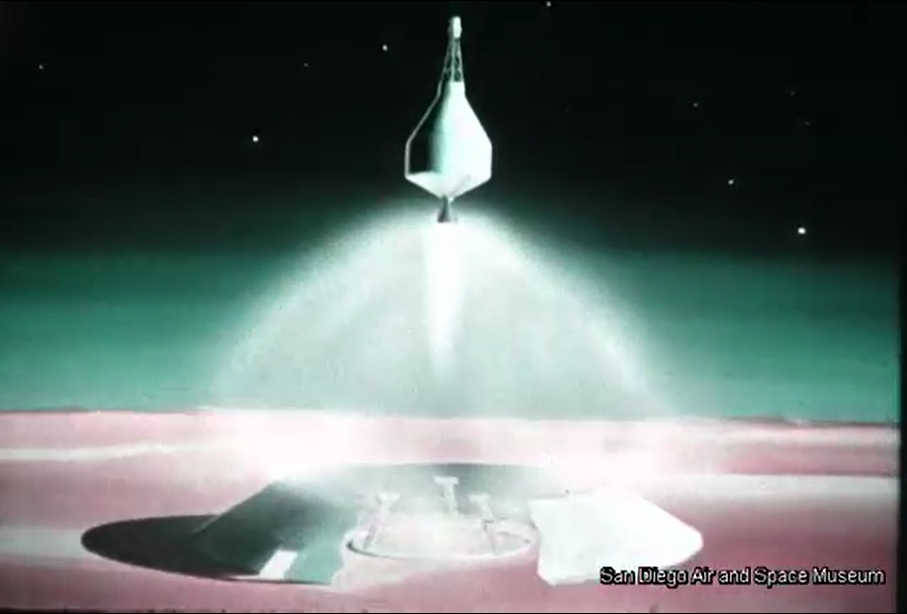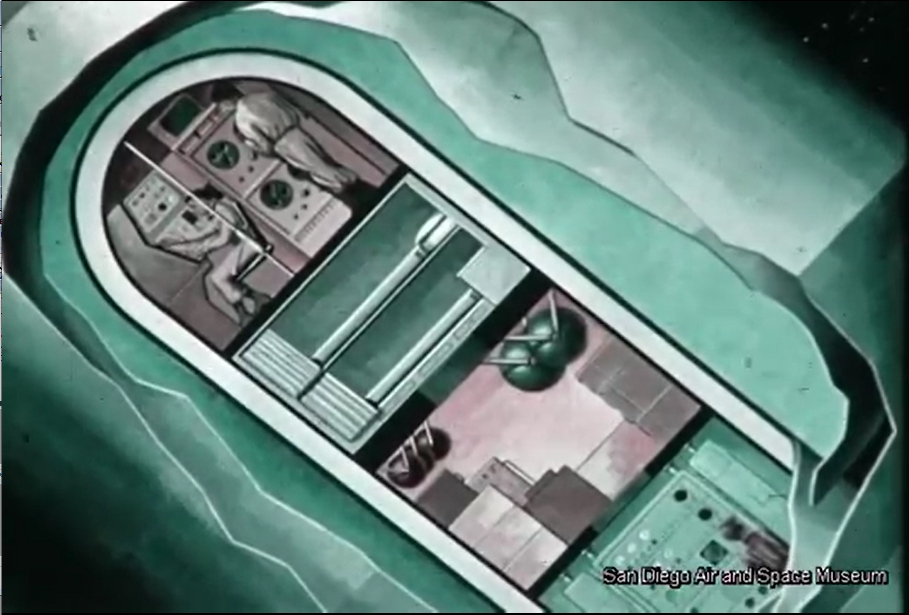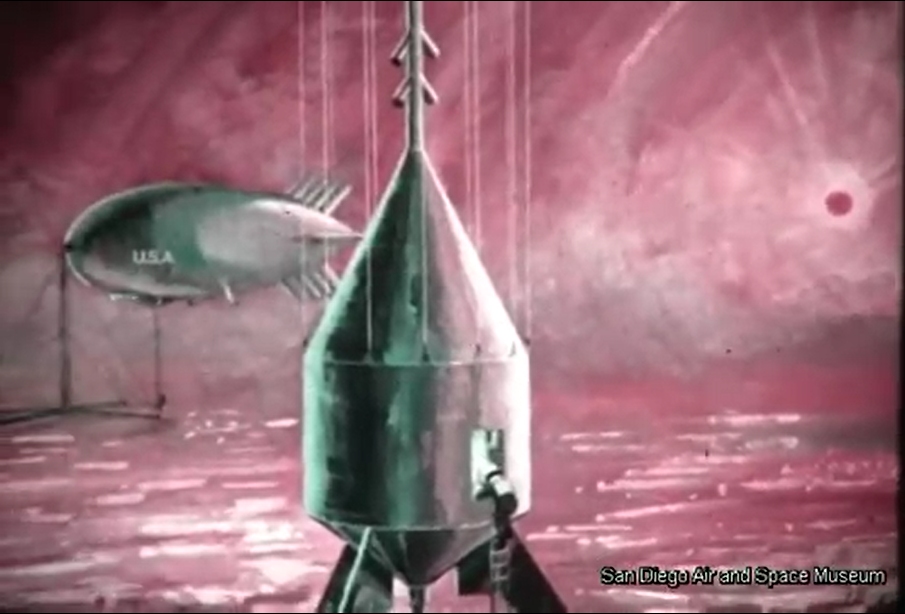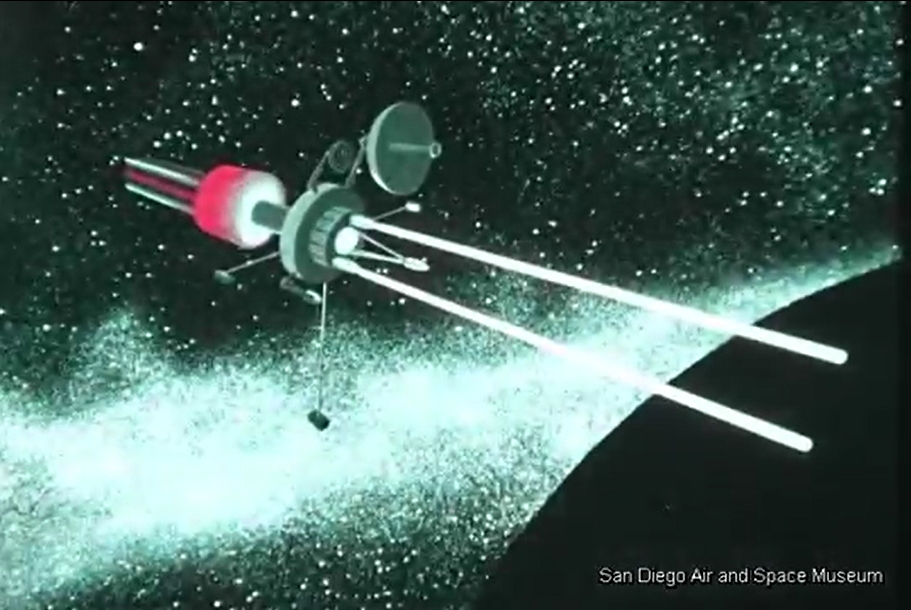Before the Convair Atlas ICBM proved that it was possible for a rocket to reach out across the world and deposit some canned sunlight reliably close to commie targets, it was understood that the only way to accomplish the task was with pilots and bombardiers. But by the mid 1950’s the idea of subsonic manned bombers sneaking into the heart of the Soviet Union without getting swatted was starting to seem nonsensical. So Bell Aircraft, under the direction of former V-2 program director Walter Dornberger, dreamed up the MX-2276: a three-stage manned rocket bomber. Looking akin to an evolved Sanger Antipodal Bomber, the MX-2276 used two manned and winged stages, with an unmanned expendable stage in between. The final stage would carry a single gliding nuclear warhead deep into the USSR, using the human crew to attain some measure of accuracy.
But then the Atlas came along and ruined all that.
The idea persisted, however, turning first into the Bomber Missile (BoMi) then the Rocket Bomber (RoBo) then Dyna Soar. With each step it became less fantastical, and also less of a dedicated weapon system; by the end of the Dyna Soar, it was a one-man experimental re-entry vehicle launched by a fully expendable Titan IIIC. Since then the idea of a “rocket bomber” has popped up from time to time, but never with the level of seriousness displayed in the mid/late 1950’s. For more on the whole BoMi program, see Aerospace projects Review issues V2N2, V2N3 and V2N4. APR issue V3N4 gives a pretty complete rundown of the final Model 2050E Dyna Soar.
A piece of art from Hughes Research Labs from the late 70’s depicting an Orion nuclear pulse vehicle in flight. Sadly low rez, but whatareyagonnado.
It’s an interesting piece, but it seems likely to be quite inaccurate. in deep space when the system operates in a pretty hard vacuum, the fireballs resulting from each blast would expand outwards at a speed of many hundreds or thousands of kilometers per second.
The heyday of the “atomic powered airplane” was the late 50’s-early 60’s. By the mid ’60’s it was done. But there was a brief, kinda sad and halfhearted revival in the seventies when the price of fuel spiked. An atomic airplane would be able to fly without all that pesky and overpriced petroleum; it could fly without producing pollution; and it could fly really, really far. Whether it could fly without irradiating the passengers, and whether it could fly at all, are questions largely left unanswered. The art below depicts a Lockheed concept for an atomic jetliner. It has the wasp-waisted configuration favored in the ’70’s for transonic jetliner designs, but where the reactor was supposed to go is not clear. *Presumably* it was to be fitted in the fuselage under the wings, as that’s the only place where no passenger windows are visible.
Once again Patreon seems to be becoming unstable. So I’ve got an alternate: The APR Monthly Historical Documents Program
For some years I have been operating the “Aerospace Projects Review Patreon” which provides monthly rewards in the form of high resolution scans of vintage aerospace diagrams, art and documents. This has worked pretty well, but it seems that perhaps some people might prefer to sign on more directly. Fortunately, PayPal provides the option not only for one-time purchases but also monthly subscriptions. By subscribing using the drop-down menu below, you will receive the same benefits as APR Patrons, but without going through Patreon itself.
In 1985, Rockwell International considered the possibility that there might be profit in a space station with a singular purpose… to serve as a command post in the event of a nuclear war. Its position would let it confirm Soviet ICBM launches and direct space based weapons in their response. Presumably this means that there would need to be several such orbital command posts. The brief description suggests that the command post would be in “high orbit,” perhaps geosynchronous; to have global coverage, at least two and preferably three or more such posts would be needed. The lower the orbit, the more would be needed to see the whole planet.
Given the craziness going on, I decided that what the world clearly needs is something consistent. Like, say, me posting one piece of aerospace diagram or art every day for a month or so. So I’m going to do that. But in order to keep people from getting too complacent, I’m posting some of them on this blog, some on the other blog. Why? Because why not, that’s why. I’m slapping the posts together now and scheduling them to show up one at a time, one a day. Given the pandemic… who knows, this little project might well outlive *me.*
So, check back in (on this blog or the other) on a daily basis. Might be something interesting.
In 1985 Rockwell International thought that there might be a business case for space based nuclear power systems. The customer base for nuclear reactors in space seemed to be restricted to military satellites (warning and recon mostly) and deep-space exploration systems. Advantages over solar power include resistance to the degradation of PV arrays due to passing through the ionizing Van Allen radiation belts and no need to track the sun. Costs, however, were high… high enough that in the end nothing came of it.
This video was posted on YouTube some six-ish years ago, but remains worthy of viewing and discussion. It’s a General Dynamics film to NASA from late 1962/early 1963 discussing the study of Early Manned Interplanetary Missions (EMPIRE), NAS8-5026. It describes the future as it should have been… and as how Krafft Ehricke, the presenter of the film and one of the driving forces behind the program, saw it:
1: Manned landing on the moon by the end of the 60’s.
2: Initial manned flights to (flybys and orbits) Venus and Mars in the early 70s
3: Entire solar system explored robotically by the end of the 1980’s
4: Manned mission to Pluto by 1995
Ehricke’s view of the future of space flight from the standpoint of the mid-1960’s was previously shown HERE.
The original film included a number of bits of concept art of both manned and unmanned spacecraft. Sadly no Orion vehicles are on display (it is name-dropped), but the Mars lander/excursion module was of the kind originally proposed for Orion. This was pre-Mariner when the Martian atmosphere was *massively* over-estimated; these landers and their dinky parachutes would, with the real Martian atmosphere, have made impressive craters in the surface.
